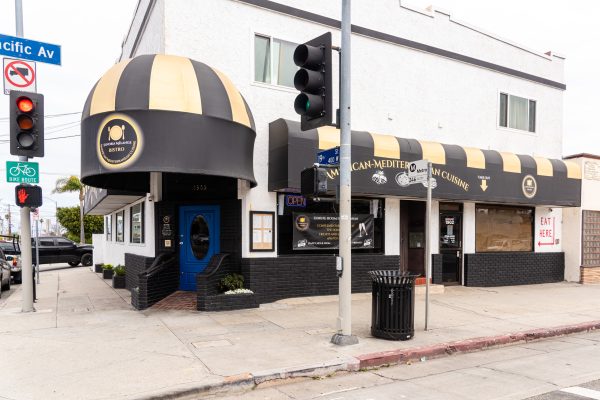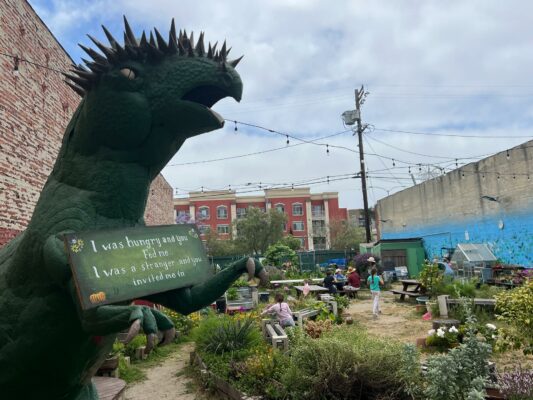
Perhaps one thinks of pizza and the Mafia when one thinks of Sicily (I think of Giuseppe di Lampedusa and The Leopard), but at one point many centuries ago Sicily was an active causeway between Greece, the Italian peninsula, and North Africa, which meant that over time it made a few cultural waves of its own. These have tended to be ignored in the larger picture, but it’ll be hard to do that from now on, at least for those who sink their teeth into this informative exhibition at the Getty Villa.
One of the highlights of the show is an armless Statue of a Youth, also known as The Mozia Charioteer, although it can be assumed that he once had hands in order to grip the reins. Sicilians in those days – those days being four or five centuries B.C. – were reputed to be good horsemen and charioteers. They were the Indy 500 racers of yesterday. Also of note, the island honored Demeter, the goddess of agriculture, and it was her daughter, Persephone, who was coerced into spending six months of every year with Hades in the Underworld. Many sanctuaries across the island were dedicated to these goddesses.
Of the 150 or so objects on view, many of them statuettes or vessels for household or devotional use, about 50 of them are coins – and seeing these up close is more impressive than it may seem. There’s at least one that looks like the old Mercury dime… or maybe I once had a Sicilian coin in my pocket and just didn’t know it.
Sicily: Art and Invention between Greece and Rome is on view through August 19 at the Getty Villa, 17985 Pacific Coast Hwy, Pacific Palisades. Open Wednesday through Monday. Free, but a ticket is required for admission. (310) 440-7300 or go to getty.edu. ER









